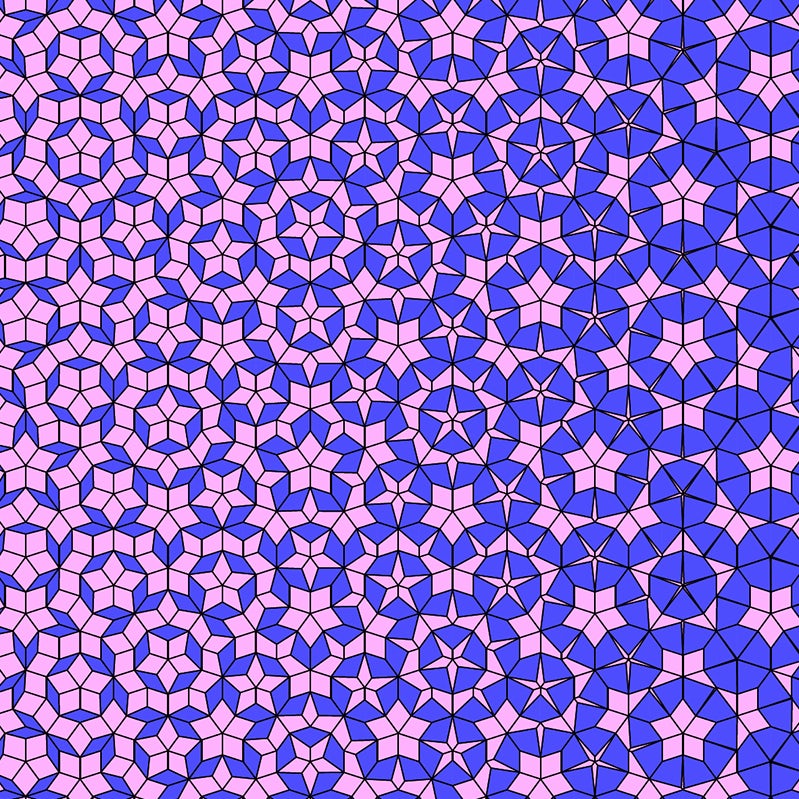Why we should reward the beautiful game of mathematics
The Times, 9 Dec 2022
The beautiful game of mathematics, accelerating discovery by seeing patterns among the patterns, deserves a Nobel prize all of its own.
Today, in Stockholm, the Swedish Academy will present Nobel prizes in physics, chemistry and medicine—but not in mathematics. The original motives behind that omission are mysterious.
Some say it was for personal reasons. When he was setting up his prizes in 1895, Alfred Nobel had fallen out with the leading Swedish mathematician of the day, Gösta Mittag-Leffler, possibly over a woman. More likely, as an experimental chemist known for inventing dynamite, he undervalued the abstract world of mathematics.
To explain how wrong Nobel was, here is a brief account of how science works. Scientists identify patterns in the universe. Some of these can be described in words, such as Darwin’s theory of evolution. Others are best expressed mathematically, such as Maxwell’s equations. In either case, these patterns are subject to scientific method: our confidence in them grows as we try, and fail, to falsify them through experiment. Patterns that stand up to scrutiny are called theories.
As science progressed, more and more patterns became accepted. Then something extraordinary happened. Until the 19th century, the only way for a pattern to gain support was by testing it in the fire of experiment. The breakthrough was to deduce new patterns simply by combining those already in place. The scientists who did this were a new breed known as theorists, capable of making discoveries without doing any experiments at all. To give a sense of how strange this was at the time, they even invented a name for it: Gedankenexperiment. The approach was similar to when you’re halfway through a crossword puzzle. Once you have written down enough answers, you can deduce more without even looking at the clues, because they are restricted by intersecting words. To put it another way, the theorists were identifying patterns among patterns.
Here’s the thing, though. Meta-pattern spotting is only possible with patterns that have been expressed mathematically. It is only in that universal language—for mathematics is, by definition, the language of patterns—that the patterns can be mixed and matched, forming a system that is more than the sum of its parts. Fields whose patterns have been expressed mathematically, such as geometry and physics, operate in overdrive, while those still relying on words, such as biology, do not. This is partly why our understanding of key biological concepts, such as ageing and genetic computation, remains so primitive.
For the meta-pattern seekers—who tend to be theoretical physicists and pure mathematicians—their equipment is equations and their laboratory the blackboard. Their work is cheap and they move fast. Frequently, they get there first. Alan Turing predicted universal computation. Robert Langlands unified geometry and number theory. Roger Penrose predicted black holes. All of them managed it by spotting patterns among patterns, years ahead of their experimental colleagues. And all of them, incidentally, were English.
As the World Cup plays out in Qatar, the theorists I work with at the London Institute are playing a beautiful game of their own. When I founded the place ten years ago, there was no independent centre for theorists in the UK, unlike in France and Germany. I did it because of the special role that meta-pattern seekers play in advancing knowledge.
In spotting patterns among patterns, theorists are able to explain poorly understood scientific concepts in terms of other, better understood ones. They also unify seemingly disconnected fields, as Maxwell did with electricity and magnetism. They open up new perspectives and are the start point for entirely new subfields.
The work of theorists also leads to radical new technologies. The Turing machine, for instance, catalysed the development of the digital computer. That took decades but, as technology cycles speed up, the time lag between idea and impact is shrinking. It took 50 years for the telephone to reach 40% adoption, compared with just 10 years for mobile phones.
Despite their value, theorists find themselves neglected not only by the Swedish Academy but also by government funding agencies. Researchers rely on grants to fund their work. But competitive bids for grant proposals are intrinsically biased against theoretical work. Whereas experiments can be described before doing them, the only way to describe a theoretical advance is already to have made it. The solution is to give theorists high-trust support that doesn’t need to be repeatedly justified. Yet of the 24 institutes in the UK that receive this core funding, none is dedicated to theory.
What drives theorists to do the work they do? They’re not altruists. They’re not activists. They don’t seek the limelight and aren’t in it for the money. Rather, they have a restless compulsion to conjure up patterns. Quietly putting chalk to slate, they voyage, as Wordsworth said of Newton, “through strange seas of thought, alone”. Unwittingly, their beautiful game confers precisely the benefit to mankind that Nobel sought to honour.
An edited version of this article appeared in The Times.















